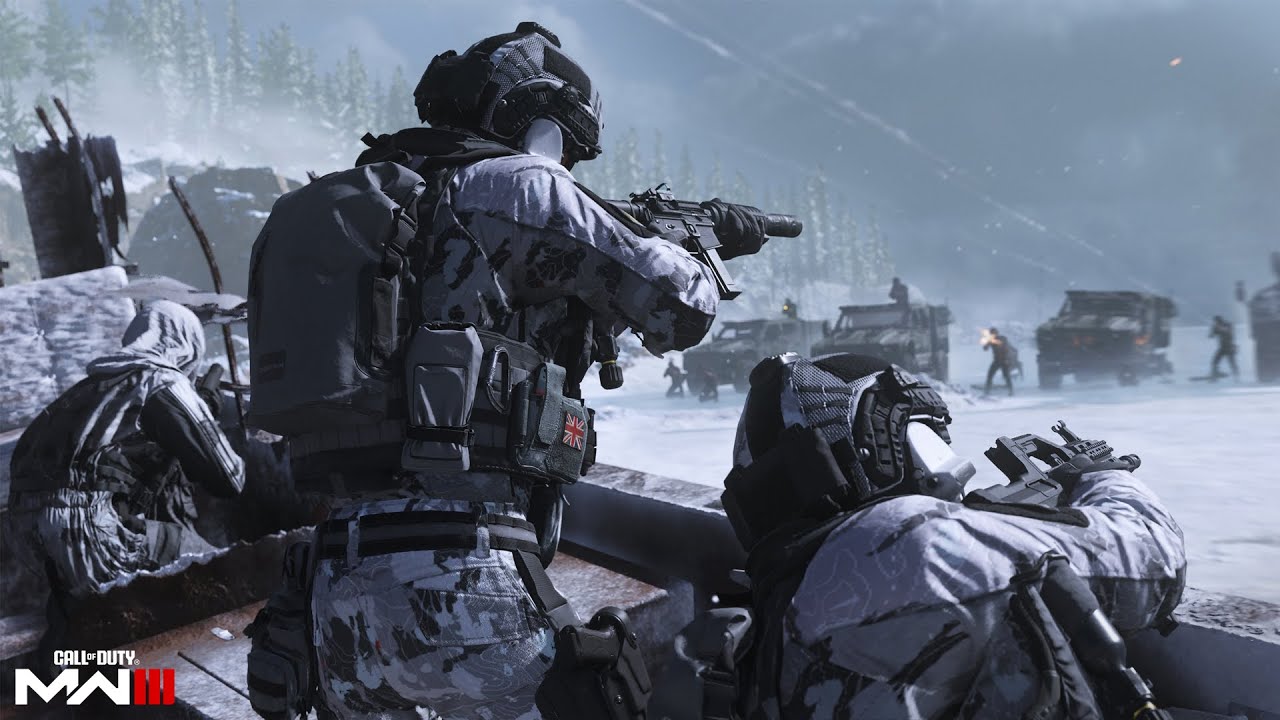War games have long played a vital role in military planning, serving as structured simulations to explore battlefield tactics, test strategic scenarios, and train personnel in crisis decision-making. Traditionally, war games have been tabletop exercises or manual simulations facilitated by expert analysts. However, as technology advances and modern warfare grows more complex, artificial intelligence (AI) is being integrated into these exercises to create immersive, adaptive, and predictive training environments.
By simulating real-time battlefield dynamics, AI-driven war games enable soldiers and commanders to experience realistic operational stressors, analyze decision-making patterns, and assess the consequences of strategic choices. This technology introduces a shift from static, rule-based simulations to dynamic, responsive environments that adapt in real time based on user input and emerging battlefield data.
How AI Enhances War Game Realism
AI technologies allow war games to evolve from scripted interactions to self-learning, scenario-rich environments. These systems leverage machine learning, natural language processing, and predictive modeling to generate intelligent adversaries and allies that respond organically to player behavior. This enhances the realism of war games, pushing participants to make decisions under uncertainty, adapt to emerging threats, and manage information asymmetry—much like in real combat.
Moreover, AI algorithms analyze historical data, satellite feeds, and open-source intelligence to construct geopolitically accurate conflict scenarios. These scenarios adjust dynamically based on participant actions, enabling nuanced explorations of escalation dynamics, alliance shifts, and cyber-physical interactions. This capacity transforms war games into living laboratories for understanding modern and future warfare.
Through AI-driven simulations, strategists can model rare but high-impact scenarios, such as electromagnetic pulse (EMP) attacks or autonomous drone swarms, that would be impractical or unsafe to test in the real world. These training environments also facilitate after-action reviews by logging decision pathways, timing, and outcomes—providing data for continuous improvement.
Training Across Domains and Hierarchies
One of the key advantages of AI-driven war games is their ability to scale across all domains—land, air, sea, cyber, and space—while accommodating participants at various levels of command. From junior officers learning tactics to senior commanders refining grand strategy, AI simulations can adjust complexity based on rank and mission type. This modularity ensures that training is targeted, relevant, and efficient.
AI also bridges the gap between individual skills and team coordination. War games involving multiple stakeholders—such as special operations units, air support, and logistics teams—can be synchronized within a shared virtual environment, emphasizing the importance of joint-force interoperability. These training modules highlight weaknesses in communication, coordination, and decision-making under stress.
In the context of strategic deterrence, AI war games help defense planners test doctrines and response frameworks. For instance, how would an adversary respond to a limited cyber intrusion versus a physical attack? AI can simulate these scenarios to reveal likely escalation ladders and provide insights into conflict prevention.
Learning from War Game Scenarios
In speculative fiction, AI-guided war games often reflect broader concerns about automation, ethics, and the future of combat. In Zachary S Novel Above Scorched Skies, such war simulations serve as both training tools and ethical battlegrounds, highlighting the tension between human intuition and machine logic. Characters grapple with scenarios where AI may predict victory but at an unacceptable moral cost, prompting debates about autonomy, command authority, and collateral damage.
This intersection of fiction and emerging military technology underscores the value of war games as ethical testing grounds. When AI systems suggest highly efficient but morally questionable tactics—like using disinformation or targeting civilian infrastructure—commanders must decide whether to follow or override machine guidance.
By incorporating such narratives, AI-driven war games cultivate not just tactical acumen but also strategic empathy and ethical judgment—qualities crucial in modern warfare.
The Future of Strategic Training with AI
Looking ahead, AI war games are poised to become foundational to strategic education and military readiness. As global security environments grow more volatile and technologically advanced, traditional training methods will be insufficient. AI offers a scalable, cost-effective, and adaptive solution to prepare forces for multidimensional conflict.
Future developments may include the integration of virtual and augmented reality to create immersive training arenas, allowing participants to experience physical and cognitive challenges in realistic environments. AI systems may also incorporate behavioral analytics to tailor training modules to individual cognitive styles and stress responses, optimizing learning outcomes.
Additionally, AI war games can support coalition training exercises across allied nations, creating a unified platform for strategic coordination, doctrine alignment, and information sharing. These platforms could serve as deterrence tools themselves—demonstrating a nation’s preparedness and technological edge without escalating conflict.
However, as AI war games gain prominence, careful oversight will be essential. Ensuring transparency in algorithm design, safeguarding against bias, and maintaining human-in-the-loop control are critical to avoiding overreliance on machine decision-making. Military institutions must invest in both the technology and the ethical frameworks that guide its use.
In conclusion, AI-driven war games are revolutionizing how militaries prepare for future conflicts. By offering realism, adaptability, and ethical complexity, these tools provide invaluable insights into strategy, behavior, and the evolving nature of warfare. Their potential lies not just in preparing for battle—but in shaping the minds and values of those who lead it.




